RIVER KWAI BRIDGE THAILAND

On the tourists Bucket List The River Kwai bridge is seen as a journey in time when Kanchanaburi was the focal point of the construction of the Death Railway. Booking a day tour approximately three hours from Bangkok captures the essentials of bringing forward the most memorable and notable sites surrounding this historical period.
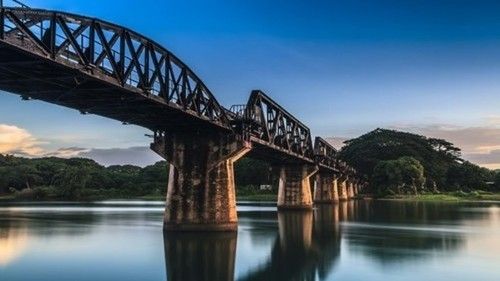
It’s a frequently touched upon matter of pride for Thais, and the Thai state, that Thailand has never been fully Colonized. Indeed, credit for this accomplishment is often given to King Chulalongkorn, who Thais are taught, brought a wave of modernization to the country. This included measures such the abolition of slavery, the strengthening of freedom of religion, introduction of a postal service and the first railway, and the streamlining of central government and local administration across the country.
All this, together with proactively seeking amicable ties with the West, is said to have sufficiently ‘westernized’ what was then Siam so as to deter the colonial powers from identifying a need to stake a claim on the nation, as they had with its southeast Asian neighbors. Yet, while Thailand may indeed never have been colonized, it has at various times been occupied by foreign powers, including by the Japanese during World War Two.
Thailand’s part in World War Two
For the duration of the Second World War, Thailand was still known as Siam and, until Japan invaded Siam in December 1941, the country had been officially neutral. The invasion meant Japanese troops could – with Siam’s cooperation rather than an entirely forced hand, it has to be said – pass through the country en route to invade Malaya (modern-day Malaysia and Singapore) and Burma (now Myanmar), both British colonies.
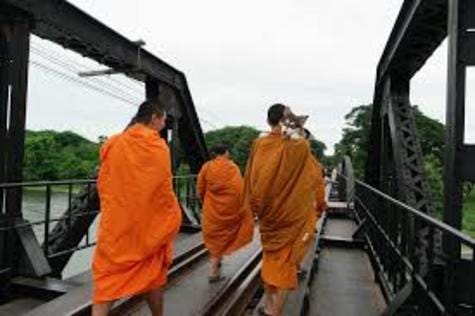
Kanchanaburi and the Bridge on the River Kwai
Of all the remnants of war history in Thailand today, those in Kanchanaburi – less than a three-hour drive west of Bangkok– are probably the most well-known, significant and poignant. Subsequent to their invasion, with unfettered access to and the use of Siam’s infrastructure, Japan sought to create a transport route through Siam into Burma, which it also occupied between 1942 and 1944, in order to reduce its reliance on sea transport and facilitate onward moves into India.
This took the form of the now infamous Death Railway, constructed by the Japanese using the forced labor of hundreds of thousands of civilians from southeast Asia and prisoners of war from the Allies’ forces. These soldiers – relocated from camps in Singapore and elsewhere – were principally from the UK and its colony in India, the Netherlands and its Dutch East Indies colony (today Indonesia), Australia, and the United States.
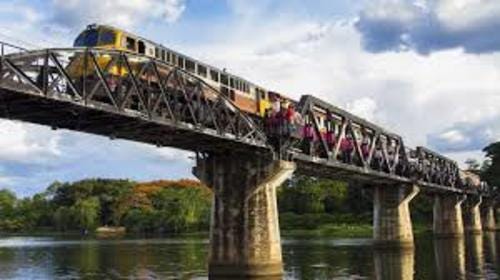
The Death Railway earned its name from the sheer number of lives lost during its construction, including that of railway bridge number 277 in June 1943, allowing the track to cross what is today known as the Khwae Noi River, and which has become recognized worldwide as the Bridge on the River Kwai. Estimates vary but, of more than 60,000 prisoners of war enslaved on the Death Railway, almost 13,000 are believed to have died, in addition to as many as 90,000 southeast Asian civilian forced laborer's.
Even those who overcame the odds had to endure abysmal living and working conditions, including a humid, monsoon-plagued climate ripe for spreading diseases, food shortages, an absence of medical care, and the mammoth task of construction on unforgiveable terrain and with primitive equipment. That’s not to mention the incredible violence and torture inflicted by the Japanese and Korean soldiers supervising the construction.
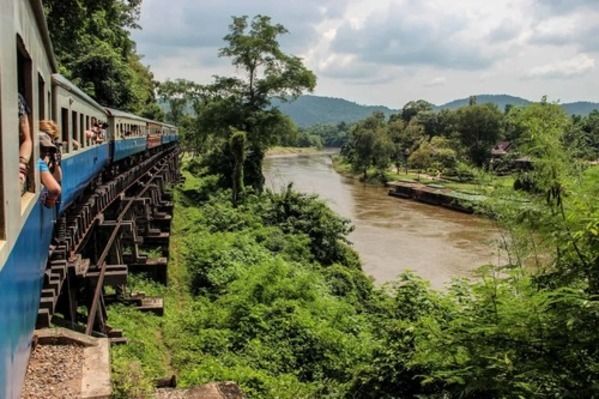
The Death Railway during and after WW2
At indescribable human cost, Japan’s Death Railway – in fact the most famous of a total of four that the Japanese used forced labor to build around this time – was completed in October 1943. For a time it was operational, although damage caused by British and American air raids rendered it unusable in June 1945. Following the railway’s completion, many of the prisoners of war who worked on it were taken to Japan. Others, including those retained to carry out maintenance work in even riskier conditions before and during the Allied bombings towards the end of the war, were transferred to nearby camps, although large numbers still perished even there.
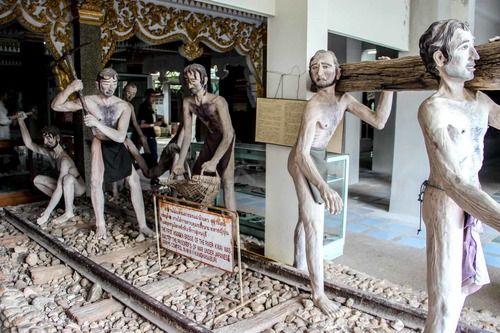
It wasn’t until the war’s end in 1945 that Allied forces liberated the Death Railway’s remaining prisoners. The railway itself was fully closed in 1947 and, along the Siam-Burma border, a section of track not already destroyed by bombing was ripped up in an effort to put the railway irreversibly beyond use.
Remembering the past in modern-day Kanchanaburi
The Bridge on the River Kwai escaped planned bombing, and remains in place in Kanchanaburi as a tourist attraction and functioning railway bridge over which trains pass daily. The majority of its smaller components are originals, while a few are post-war replacements. Although the Death Railway has never again reached the Myanmar border, a shorter stretch was reopened by Thailand’s railway authorities between 1949 and 1958, and trains on this modern-day line cross the infamous Bridge on the River Kwai.
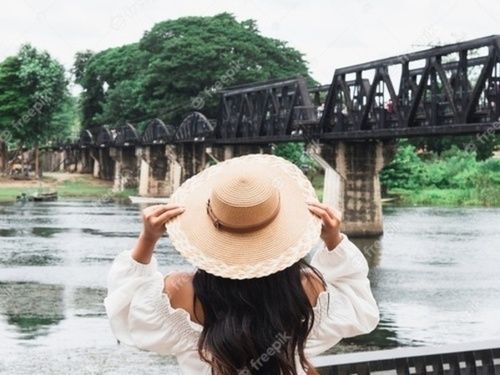
That makes The Bridge on the River Kwai one of Kanchanaburi’s most popular war-related attractions – there are always crowds trudging across it and snapping photos – but it is actually something of a misnomer. When the bridge was built, the water beneath it was actually the Mae Klong River, although it did join the Khwae Noi River elsewhere. As the bridge became famous, it was referred to using a not only incorrect but also mispronounced name, soon becoming known as the River Kwai (which means ‘buffalo river’).
THINGS YOU MAY NOT KNOW: Possibly the best film of all time on a theme of war. There's a subtle difference here with 'war film'. Castigated on first release in the 'fifties, mainly by veterans who had lived through real events on which the film is loosely based, the film has lasted spectacularly well and its message about the futility of war is as relevant today as on first release. Unforgettable scenery, cinematography and outstanding performances, all orchestrated by director David Lean behind the lens.
THINGS YOU MAY WANT TO SAVE: River Kwai Bridge, and all of the historical attractions including the Railroads, Trains, and History.
ZENTRAVELER SAYS: Take a tour, take a virtual tour, take a metaverse tour, and as the Thais would say: " its up to you"!
From here to Infinity is a relatively short ride! The next leg takes eons and eons as you fly through the Barycentric Dynamical Time Zone! …and on and on and on. Follow the Zentraveler Newsletter often for Travel, Health and Zen-like stories and such. Where else can you get a three in one Newsletter For The Price of FREE

ZENTRAVELER IS A PERSONAL NEWSLETTER, DESIGNED TO GIVE TRAVEL, HEALTH, WRITING AND HUMOR INCLUDING HELPFUL HINTS WITH A ZEN LIKE QUALITY
